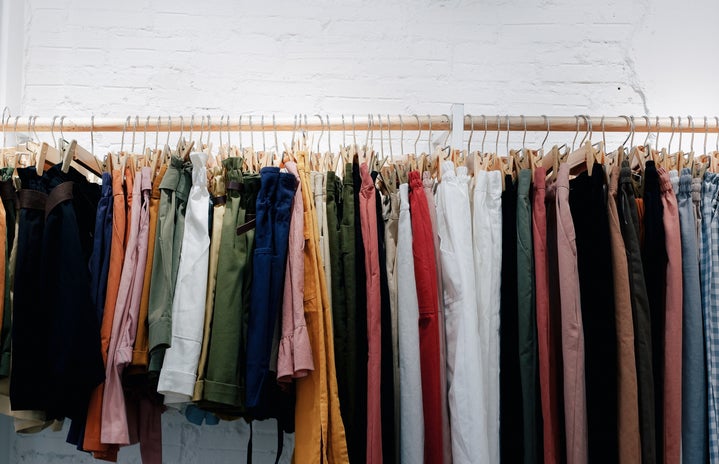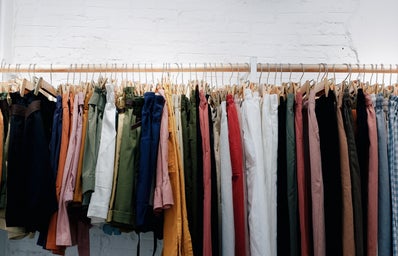In a world where we are obsessed with finding the “right” way to do things, the drive for perfection – especially with how we look – can consume our way of thinking. This desire for perfection creates the push and pull for various trends to come and go, many of which promise the ultimate formula to look your very best. The latest of these trends to gain popularity among social media and influencers is colour analysis.This technique is an adaptation of the colour theory traditionally used in art to describe the interactions between colours and the feelings they may evoke. In the beauty context, colour science has become a tool for fashion that decides which colours suit people best, based on their physical features. Although this process might have the advantage of helping people achieve a more cohesive look and overall creating looks that flatter your complexion, I propose that techniques like colour analysis contradict the very purpose of personal style.
Colour analysis uses traits like skin tone, eye colour, and hair colour as variables to determine the colour palette best suited to you. This is usually offered as a specialist service, but it can be attempted as a DIY process by comparing a range of different coloured and textured fabrics against your face to see which suit you best. Many influencers have filmed and uploaded themselves having colour analyses done, which has helped popularise the trend among audiences seeking to better their sense of style. But is there such a thing as an objectively “correct” or “perfect” style? Rather than understanding fashion sense as autonomous self-expression, colour analysis preys on the widespread obsession with finding the “right” personal style. There is an assumption that these analyses are the only way to find “perfect” clothes, and that the idea that they are backed by science automatically affirms their objectivity. But what about autonomy? We have control over what we can and can’t wear, and the point of personal style is that it is unique and a true expression of self. While colour analysis might help people who really want to find a specific palette that they can follow, it also creates restrictions to your style options. In many of the colour analysis videos I’ve seen on social media, people find out that their “correct” palette doesn’t match the colours and textures they already own and wear. This seems counterproductive. I believe your personal style is a reflection of your personality, not of your skin tone or eye colour. Additionally, since the “accuracy” of colour analysis depends on a combination of different variables, some people are more easily analysed than others, meaning that only certain people can actually benefit from the process. This is yet another contribution to the idea that good style is only achievable through costly purchases, and that it should be divided along socioeconomic lines. As many go on to buy a whole new wardrobe to fit into their new science-backed palette, which promotes more consumption and the disposal of perfectly good clothes that don’t fit the “correct” framework. In a world where fast fashion dominates, these ideas cause active harm.
Colour analysis content is something mainly followed by women, who are subject to immense cultural and marketing pressure to do everything they can to look better. There is no reason why you should put extensive time and money into finding what is “objectively” best for your style, when only we can make that decision for ourselves. Marketing often uses celebrities to demonstrate how colour analysis makes them look better, forcing audiences to compare themselves to celebrities who have stylists, hair and makeup artists, and lighting sets all contributing to their image, and creating the illusion that their look is achievable by colour analysis, which promotes unrealistic and inaccessible beauty standards. Autonomy is the best attribute of fashion, and although guidance on what colour palettes might suit you better can be useful for people new to finding their style, only we can choose what works for us – and that’s fact.

